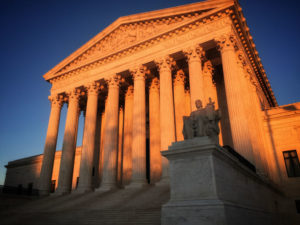
Credit: istock
In 1957, Robert A. Dahl, a father of modern political science, published a canonical article about the Supreme Court’s “most peculiar position” in American democracy. “Much of the legitimacy of the Court’s decisions rests upon the fiction that it is not a political institution but exclusively a legal one,” Dahl wrote. And yet, “from time to time its members decide cases where legal criteria are not in any realistic sense adequate to the task.” These decisions, among the court’s most momentous, turned on vague or ambiguous words in the Constitution, like “establishment of religion” and “due process of law,” with precedent and expert opinions on both sides. By making these rulings, the court cast itself as a “national policymaker” — and in so doing raised a difficult question: When should the justices, unelected figures in robes, reflect majority will and when should they stand for “Right or Justice” so as to protect minorities from tyranny by the majority?
To […]










